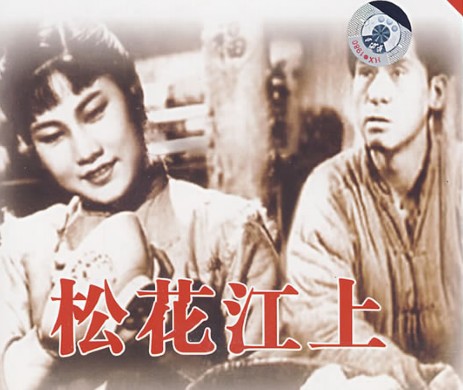In 1930s, the northeast China was one of the most developed parts in the country. It produced a large amount of iron, steel and coal, and had an abundance of soy beans, which made the Japanese invaders lick their lips.

Japan Tanaka Cabine Positive Policy of Invasion of Manchuria and Mongolia, which is exhibited in the Museum of the War of People&`&s Resistance against Japanese Aggression, recorded the following content: If we want to conquer Shina, we have to conquer Manchuria and Mongolia first. If we want to conquer the world, we have to conquer Shina first. We should set up our base in Manchuria and Mongolia, make full use of trade and commerce to take the over 400 states in the country. And then take all the rich resources to supply us for conquering India and islands in Southeast Asia, as well as Europe.
Japanese invaders launched the September 18th Incident, a staged event as a pretext for the Japanese invasion in 1931 of northeastern China.
Confronted with a formidable enemy, Chiang Kai-shek, president of then Kuomintang administration, adopted the "Resisting Foreign Aggression after Stabilizing the Country" policy and gave orders to Chang Hsueh-liang, General of the Northeastern Army to fight against the Communists instead of the Japanese.
So, the northeast part of China was occupied by Japanese invaders within a half year, and more than 30 million people there were forced to leave their hometown.












